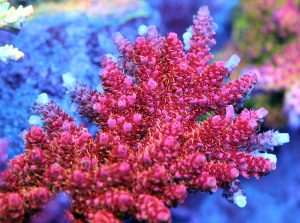With the development of the economy and the improvement of people’s living standards, more and more people are raising ornamental fish at home. Fish raising can improve the quality of life, and lively fish also add a lot of vitality to the room. But raising a tank of healthy and high-quality fish is not an easy task. Veteran players say that fish farming is easy but difficult to master. When novices raise fish, they must have a good filtration system in the fish tank to ensure good water quality so that the fish can grow healthily. The coral sand commonly found in aquariums is also the best place for nitrifying bacteria to live. The most common coral sand in aquariums can not only create landscaping, but also plays an important role in filtration.
What exactly is coral sand? Coral sand is mainly coral or shell fragments, which can continuously release calcium carbonate. Coral sand contains alkaline substances. When water flows through coral sand, the pH value in the water will generally be 7.0~8.5, because they will continuously release calcium ions and magnesium ions, providing higher hardness and stable pH for fish breeding water. When choosing coral sand, the size of the sand itself must be taken into consideration. For saltwater aquariums, it is best to use fine sand with a particle size of about 1 to 3 mm. In this way, the entire sand layer has a large surface area and is prone to aerobic bacteria. , the reproduction and survival of denitrifying bacteria.

With the development of the economy and the improvement of people’s living standards, more and more people are raising ornamental fish at home.